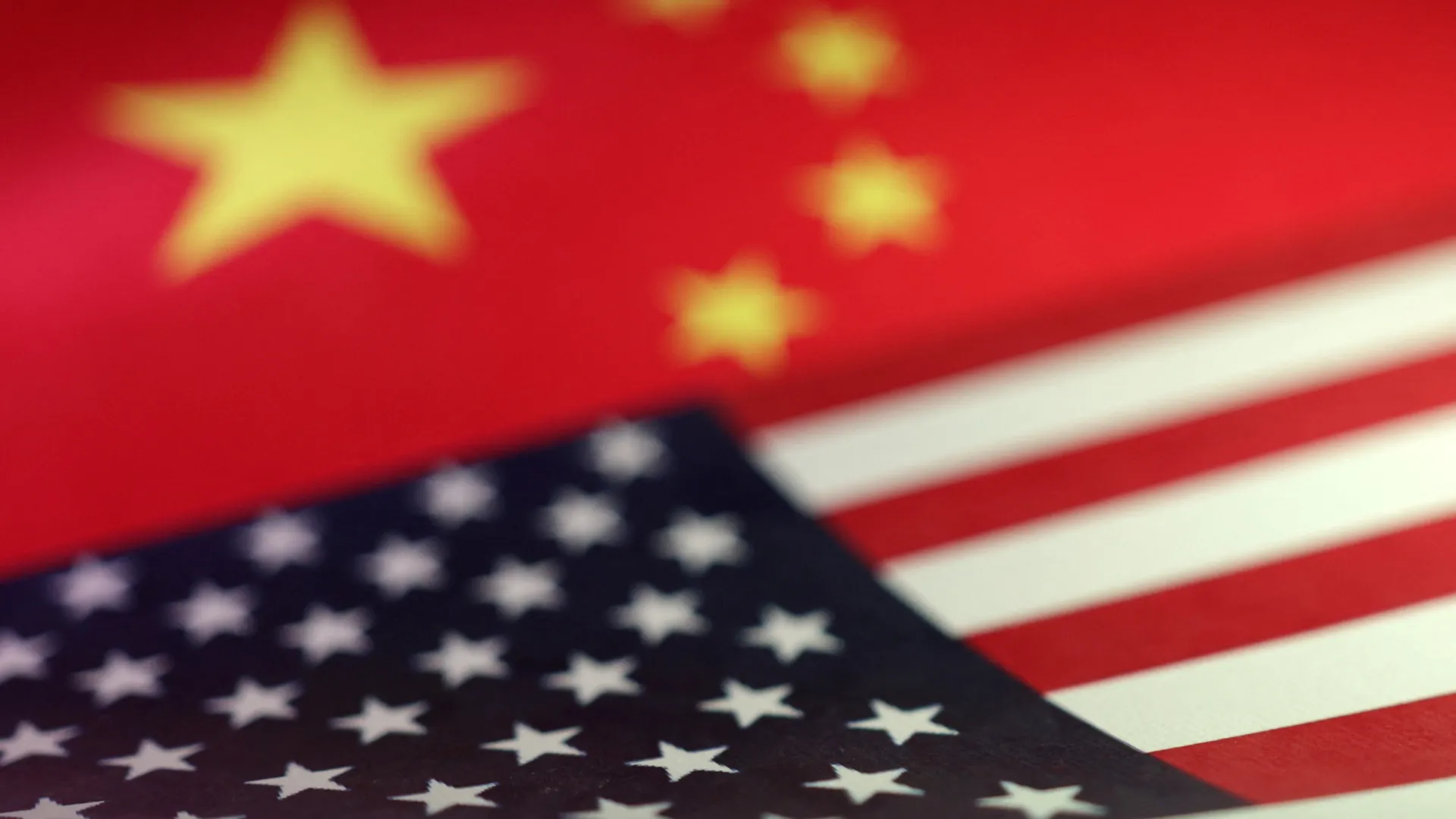Introduction
The U.S.-China trade war, initiated under the Trump administration, has entered a new phase of escalation as China retaliates with increased tariffs on American goods. This move comes in response to the U.S. imposing additional duties on Chinese imports, further straining economic relations between the world’s two largest economies. The tit-for-tat tariff hikes have significant implications for global trade, supply chains, and economic growth, raising concerns about a prolonged economic standoff.
This article examines the latest developments in the trade war, the economic impact on both nations, the sectors most affected, and the potential long-term consequences for global markets.
Background: The U.S.-China Trade War
The trade conflict between the U.S. and China began in 2018 when President Donald Trump imposed tariffs on billions of dollars worth of Chinese goods, citing unfair trade practices, intellectual property theft, and a massive trade deficit. The U.S. accused China of forced technology transfers, state subsidies to domestic industries, and currency manipulation.
China responded with its own tariffs, leading to multiple rounds of escalation. Despite a temporary truce in early 2020 with the Phase One trade deal, tensions have persisted, and the Biden administration largely maintained Trump’s tariffs while reassessing trade policies.
China’s Latest Retaliatory Tariffs
In recent weeks, China announced increased tariffs on key U.S. exports, including:
- Agricultural products (soybeans, pork, dairy)
- Automobiles
- Chemicals and machinery
- Energy products (liquefied natural gas, crude oil)
These measures are a direct response to the U.S. raising tariffs on Chinese electric vehicles (EVs), semiconductors, steel, and aluminum. The Biden administration has justified these moves on national security grounds, aiming to protect American industries from what it calls China’s “overcapacity” and dumping practices.
Key Sectors Affected
1. Agriculture: A Major Battleground
American farmers have been among the hardest hit by the trade war. China, once the largest buyer of U.S. soybeans, shifted to Brazilian suppliers after tariffs made American crops more expensive. The latest tariff hikes could further devastate U.S. agricultural exports, impacting rural economies.
2. Automotive Industry
China’s increased tariffs on U.S.-made cars and auto parts will hurt American manufacturers like Tesla and Ford, which rely on the Chinese market. Conversely, U.S. tariffs on Chinese EVs aim to block cheap imports but could slow the green energy transition.
3. Technology and Semiconductors
The U.S. has restricted China’s access to advanced semiconductor technology, while China is retaliating by limiting exports of rare earth minerals critical for U.S. tech manufacturing. This tech decoupling could reshape global supply chains.
4. Energy Trade
China’s tariffs on U.S. LNG and crude oil could disrupt energy markets, benefiting Russian and Middle Eastern suppliers instead.
Economic Impact on the U.S. and China
U.S. Consequences
- Higher consumer prices: Tariffs on Chinese goods contribute to inflation.
- Supply chain disruptions: Manufacturers face delays and increased costs.
- Farmers and exporters lose market share: China’s tariffs reduce demand for U.S. goods.
China’s Challenges
- Export slowdown: U.S. tariffs hurt Chinese manufacturers.
- Domestic economic strain: China faces property market crises and weak consumer demand.
- Forced self-reliance: Beijing is accelerating domestic production in key sectors to reduce reliance on U.S. tech.
Global Implications
The escalating trade war risks fragmenting the global economy into competing blocs:
- Supply chain shifts: Companies relocate production to avoid tariffs (e.g., moving from China to Vietnam or Mexico).
- Inflationary pressures: Higher import costs could fuel global inflation.
- Weaker economic growth: The IMF warns that trade wars could reduce global GDP.
Potential Outcomes and Future Scenarios
- Continued Escalation: If neither side backs down, tariffs could expand, leading to a full-scale economic cold war.
- Negotiations and Truce: Both nations may return to talks to avoid mutual economic damage.
- Long-Term Decoupling: The U.S. and China could pursue separate supply chains, reducing interdependence but increasing costs.
Conclusion
The U.S.-China trade war shows no signs of abating, with both nations digging in for a prolonged economic conflict. While the Biden administration maintains a tough stance on trade, China’s retaliatory tariffs demonstrate its willingness to fight back. The consequences extend beyond these two economies, affecting global markets, businesses, and consumers.
A resolution remains uncertain, but the escalating tariffs underscore the need for strategic negotiations to prevent further damage to the world economy. Until then, businesses and policymakers must prepare for continued volatility in international trade.



